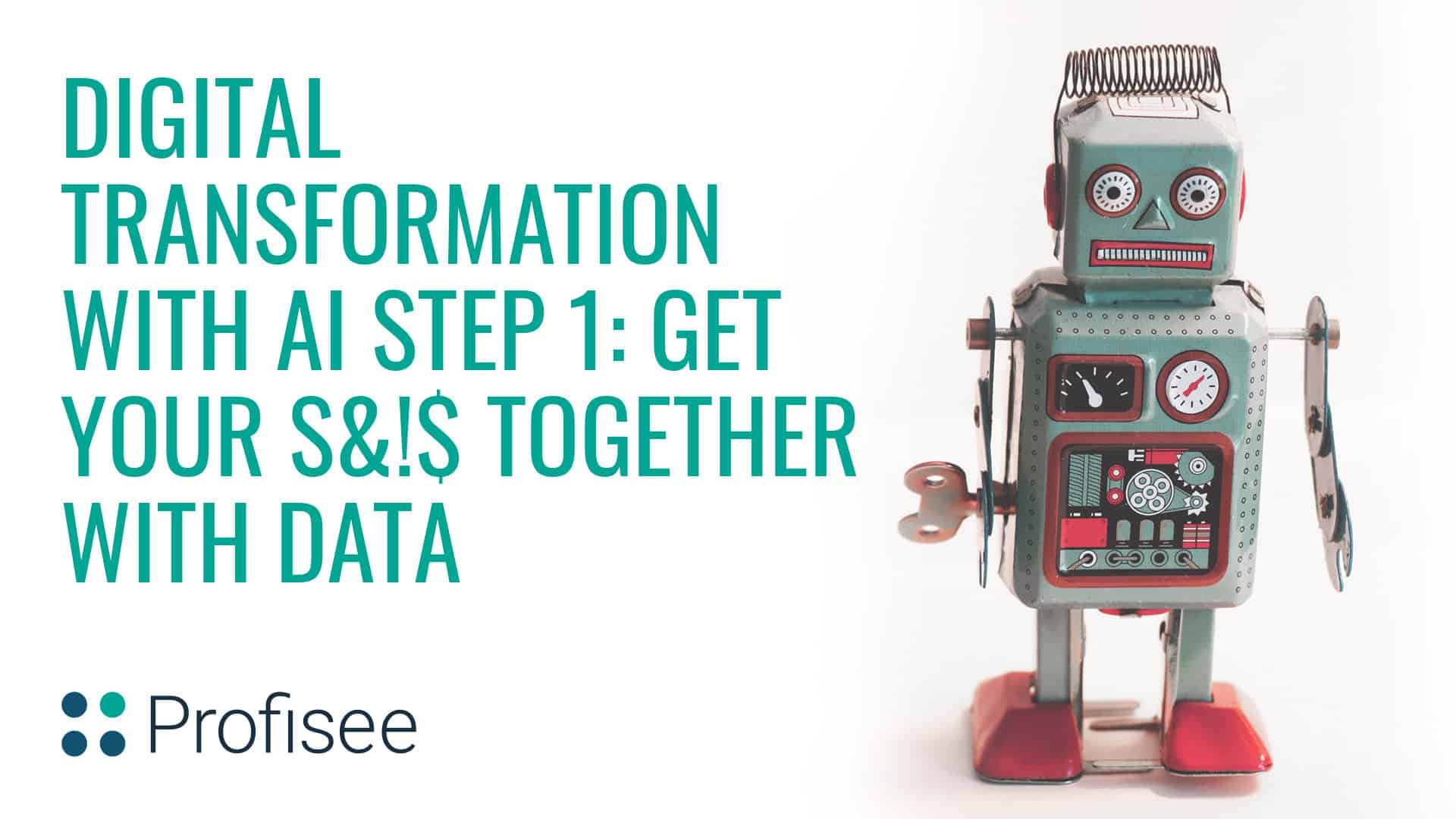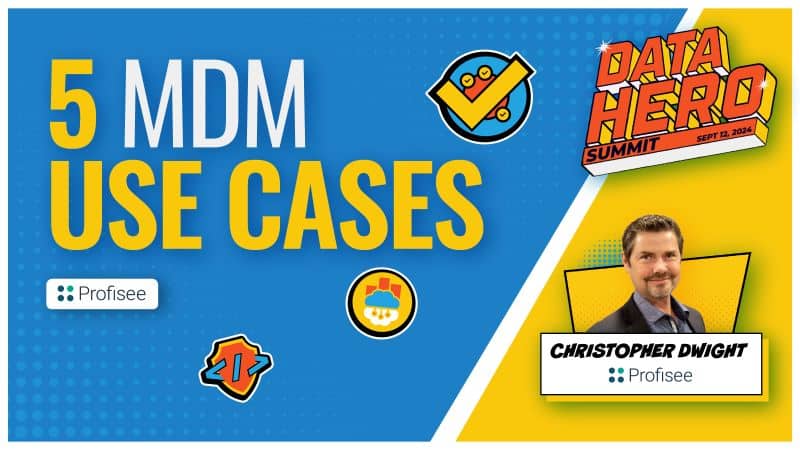Invest in Data Cleanup for AI-Driven Digital Transformation.
Your business, like so many others, probably is looking to leverage artificial intelligence in some way. Compiled stats bear out the interest level:
- By 2025, the global AI market is expected to be almost $60 billion; in 2016 it was just $1.4 billion.
- Three-quarters of executives believe that AI will enable their company to expand.
- Eighty-four percent of global businesses believe that AI will give them a competitive advantage.
These stats clearly show that a growing amount of companies have an idea of exactly what they plan to do with technology to accelerate digital transformation, growing bigger and getting a leg up on competitors. Almost half of established organizations already have a defined AI strategy for mobile, notes one of the statistics in the compiled data.
Automotive, pharma, telecom and high-tech industries take the lead in overall AI adoption. It makes sense that they have taken aggressive first steps. The automotive sector saw early on that AI could optimize manufacturing production processes by using robots, for example.
Some organizations are still figuring it out. But wherever your company stands on the AI/digital transformation strategy scale, there’s one thing to keep in mind: You’re not getting very far in many applications unless you’ve got clean data.
It’s Not HAL’s Time Yet
You don’t have to worry about the state of your data for “general AI”; that’s the version that can learn and perform tasks anywhere. You know, the real thinking machines – the ones that can understand the world as well as we do. We haven’t gotten to that HAL level quite yet.
Today it’s all about “narrow AI.” That’s the approach you’ll take as you begin to develop your AI strategy or advance what you’ve done so far for your business’ digital transformation. Narrow AI is where a system performs a specific task, like playing chess. It’s backed up by machine learning.
Let’s break that down a little more. Machine learning can be either unsupervised or supervised. In the first instance, algorithms infer patterns from unlabeled data without reference to labeled outcomes.
In the second, functions are inferred from a list that is compiled of training data examples. Algorithms that are already known are taught from that data set. Clearly, that data had better be in good shape.
Get Good Data with Master Data Management
So, how do you get things started? Experts have discussed that one main aspect to get moving is to judge the amount of data you need, which generally depends on the complexity of the project. Often people inquire about how many records to export from a database and how many data samples are required to achieve a desired level of performance.
But equally important is assuring that you’re working with high-quality data, no matter the level of complexity you’re facing or however many sources you need.
Master data management comes in here for building accurate and trusted data that can be used for supervised machine learning – and for the digital transformation so crucial to your organization’s future. You want to cut down time spent on classifying and labeling data for data sets that will be used for training. That might be customer data, for instance, for which you can reduce the amount of time you spend on getting that data in order to create good training datasets to use for predictive analytics.
As one example has put it, you’d use training data to build a classification model to find the attributes of customers who default on loans to categorize them, in order to find which other customers are most likely to do so, too. Wouldn’t it be great if a single golden record were there, combining, verifying and de-duping the best information about customers available across all your data for training data? Master data management gets you to that clean data you want for machine learning automation. Now you’ve got good, trusted data to inform your training models, so you can rest easy that you’ll get good, trusted outcomes.
Seems like it’s time to leverage MDM for AI initiatives – to hop on the digital transformation train.

Forrest Brown
Forrest Brown is the Content Marketing Manager at Profisee and has been writing about B2B tech for eight years, spanning software categories like project management, enterprise resource planning (ERP) and now master data management (MDM). When he's not at work, Forrest enjoys playing music, writing and exploring the Atlanta food scene.












